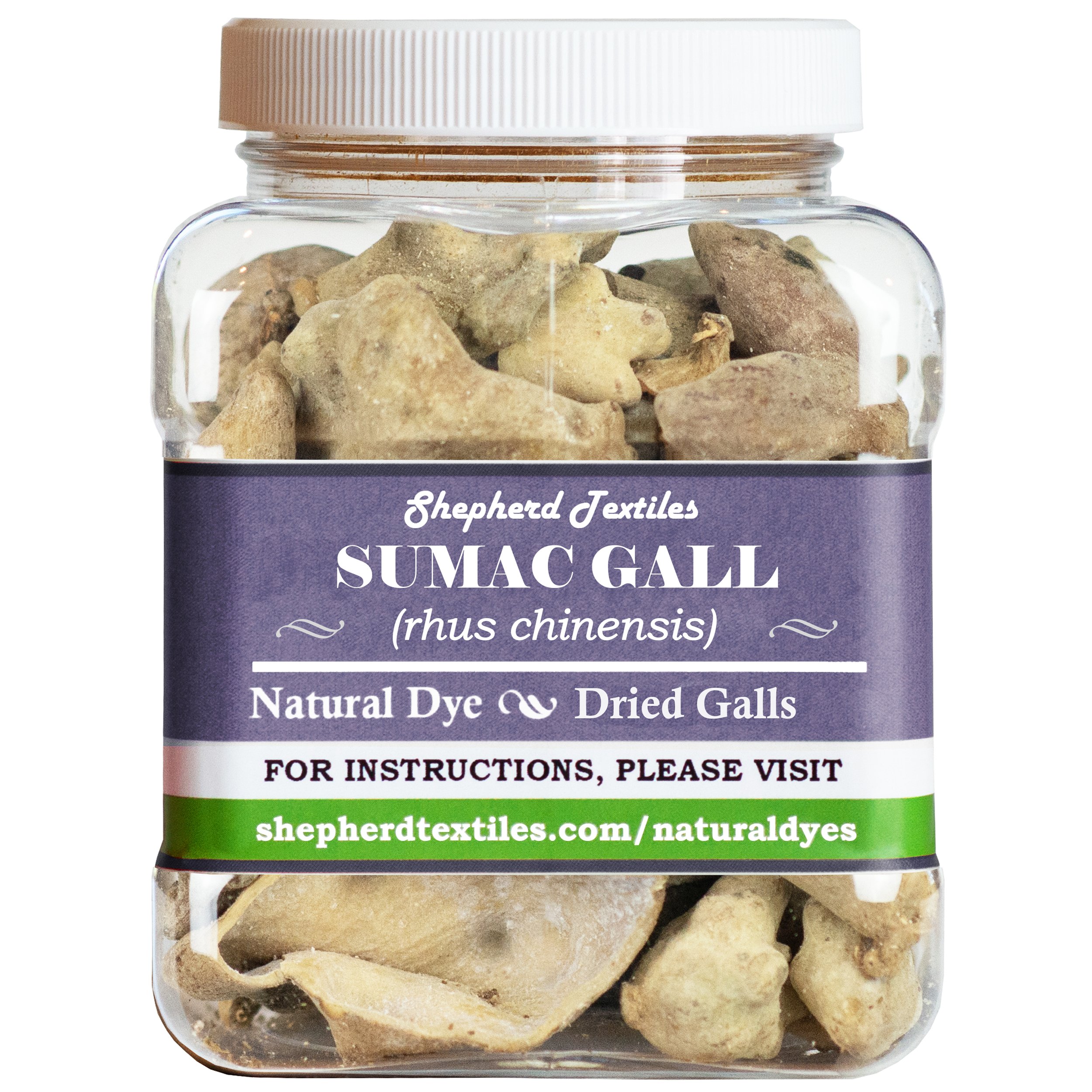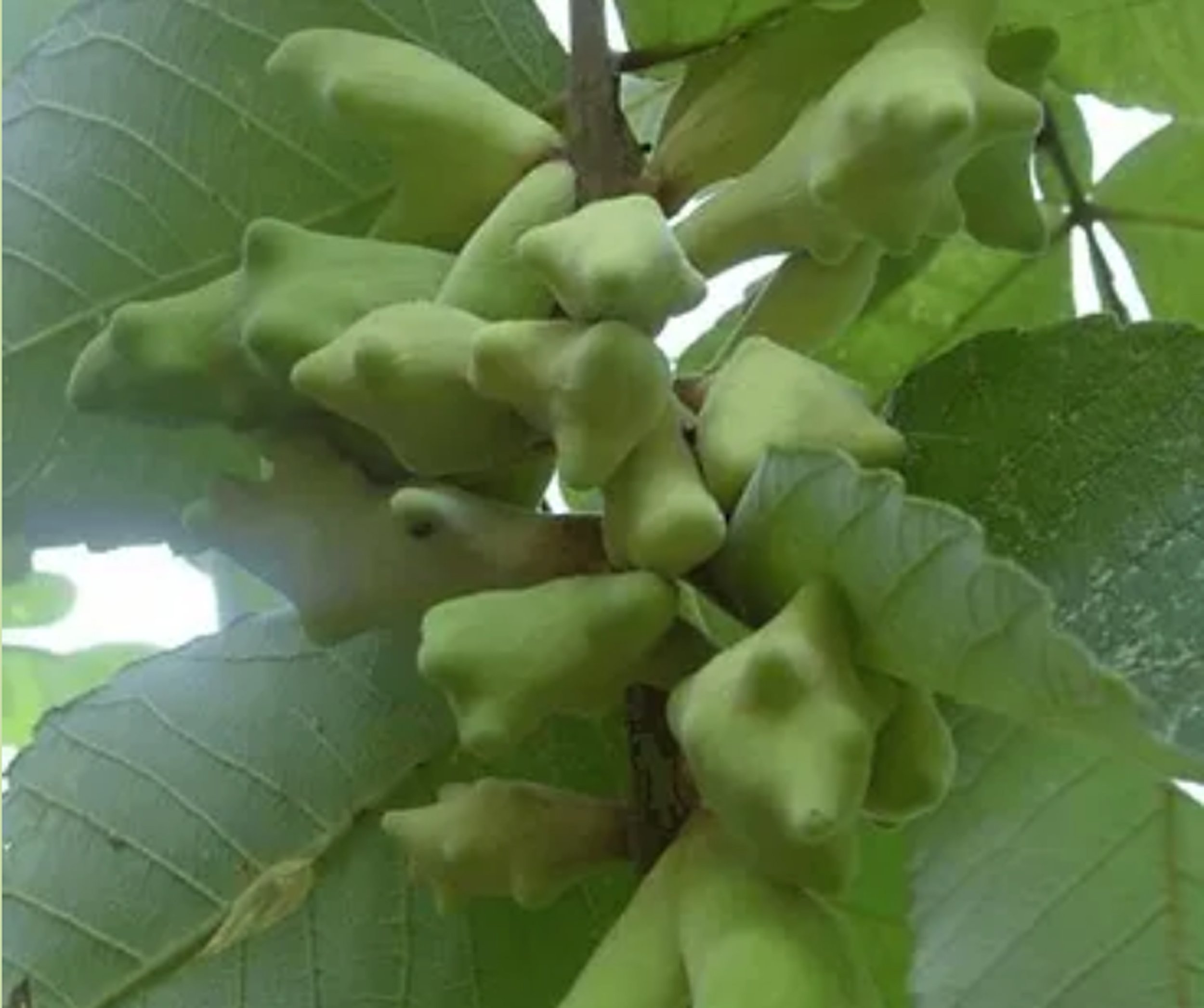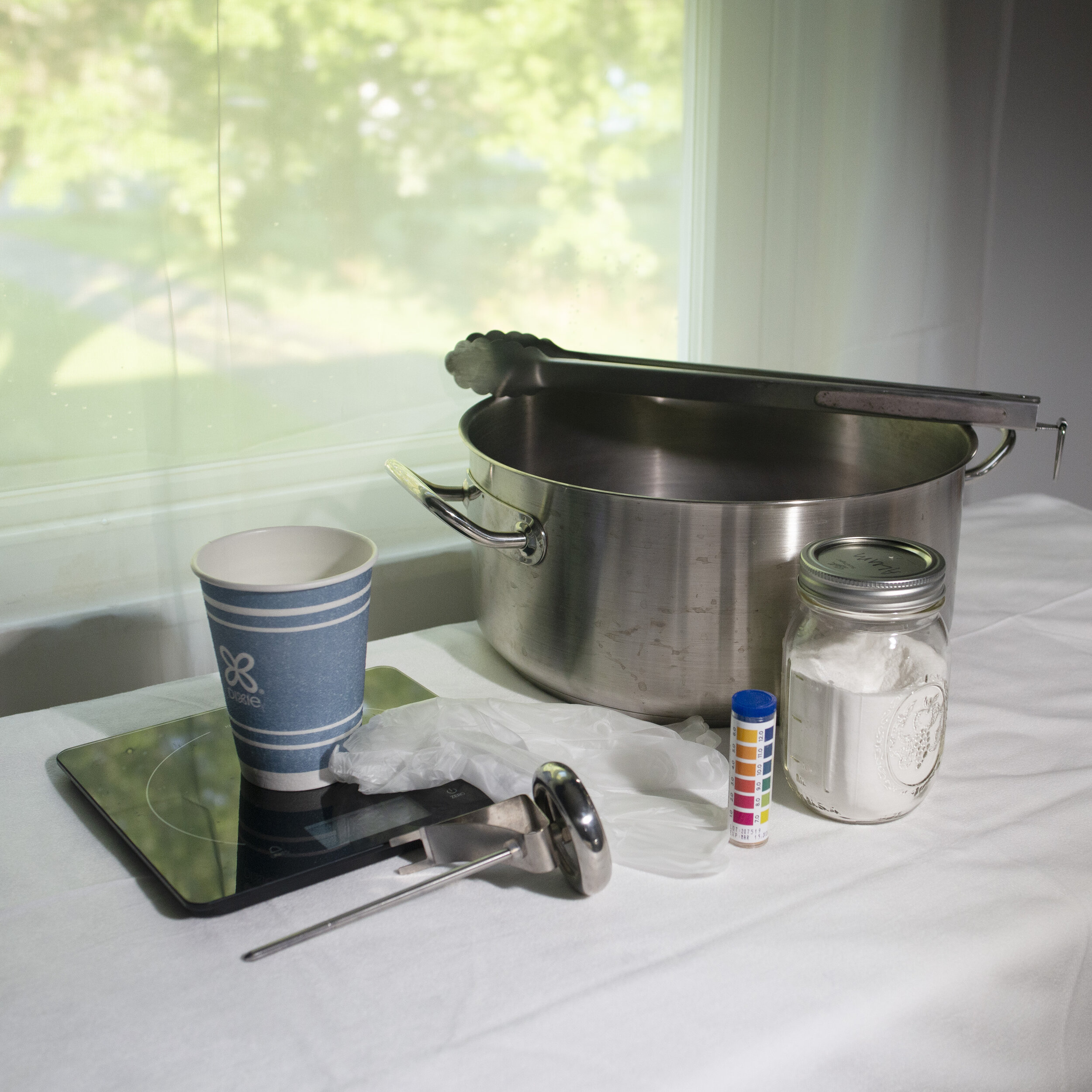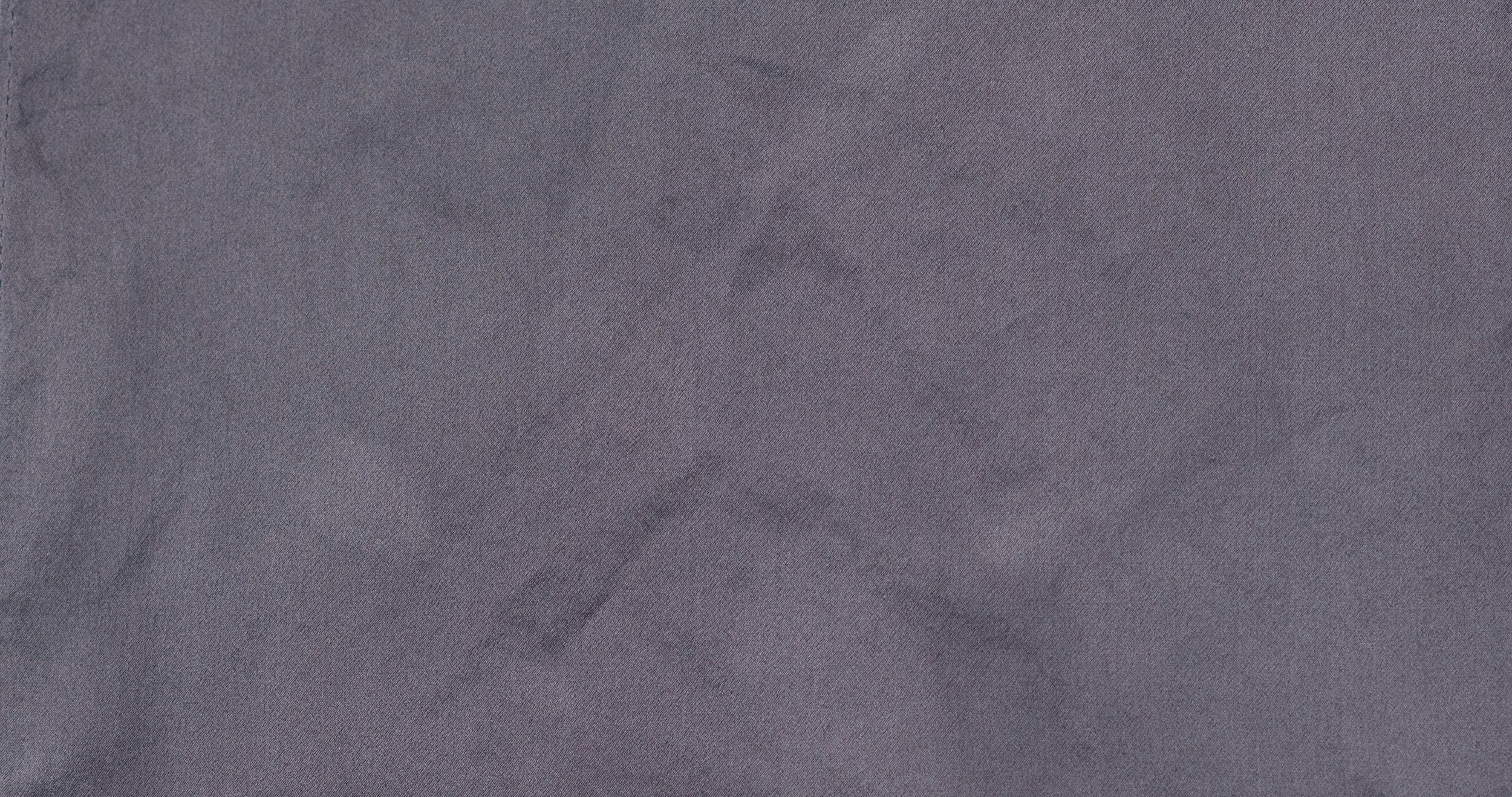
Sumac Galls
A Guide to Sumac Galls
Shepherd Textiles Sumac Gall Natural Dye contains whole galls plucked from the branches of rhus chinensis, the Chinese sumac. The galls form when a specialized aphid, schlectendalia chinensis, lays its eggs on a sumac branch, which triggers the tree to grow a tannin-rich gall around the egg. Chinese sumac galls are one of the richest sources of natural tannins, and they have been collected for hundreds of years to tan leather, dye cloth, and make ink. On their own they give fiber a warm beige color, but in the presence of iron the tannins quickly transform to beautiful shades of gray. Use at 100% weight-of-fabric (WOF) for dark grays on cotton and silk or lighter steel shades on wool. Product of South Korea.
1. Background on Sumac Galls
The Chinese sumac, rhus chinensis, is a short deciduous tree native to East Asia. It belongs to the same family as the more familiar staghorn sumac rhus typhina that grows throughout the midwestern and eastern USA. Just like the staghorn sumac, the Chinese sumac is parasitized by a specialized aphid that evolved to take advantage of the tree’s tendency to form galls. The Chinese sumac aphid melaphis chinensis lays its eggs on the underside of sumac leaves and branches in the spring. Through a biological mechanism that is still not well understood, this triggers the sumac to grow a tannin-rich gall around the egg. The gall provides a protected space for the aphid eggs to hatch, and several (short-lived) generations of aphids are born inside the gall until adult aphids emerge from it in the autumn. Although considered a form a parasitism, this does not seem to cause any harm to sumac trees beyond the cosmetic.
Sumac galls are an especially rich source of clear gallotannins - some sources indicate that the dried galls contain as much as 60% or 70% tannin matter by weight. The galls have been collected for hundreds of years for tanning leather, dyeing fabric, making ink, and as an herb in Traditional Chinese Medicine. On their own, sumac galls produce a beige shade on natural fibers. When exposed to iron, however, the tannins form ferrous tannate complexes that have shades of gray. On wool the color is a neutral steel gray, but on cotton and silk beautiful shades of dark gray develop that have an almost purplish undertone. Sumac can also be used to tan plant fibers like cotton and linen so that they can be mordanted and then dyed with other colors.
Note that our sumac galls are mostly intact galls plucked directly from the branches of Chinese sumac trees in South Korea, and some may still contain aphid eggs. These are long dead and entirely harmless, and can be rinsed out or simply filtered out of the dye bath after extraction. Use at 100% weight-of-fabric for warm beiges and dark grays.
Of Aphids and Tannins
2. Safety Precautions
DO NOT INGEST. This product is intended for textile dyeing, not as an herbal supplement.
Avoid eye contact. If eye contact occurs, rinse with cool water.
Not for use as a cosmetic additive; do not apply directly to skin or hair.
Open carefully to avoid spilling or creating dust.
If a spill occurs, quickly wipe up with a paper towel or disposable rag.
Use only dye pots and utensils dedicated to dyeing. Do not use any pots, containers, spoons, tongs, thermometers, or other utensils that will be used for food preparation.
Sumac Gall Natural Dye, and all dye baths and mordant liquors made while dyeing, should be kept out of reach of children and pets. Use only with adult supervision.
Shepherd Textiles, LLC is not liable for any misuse of this product or any unintended staining of your clothing, workspace, or other property. Use only as directed.
3. Recommended Supplies
Dye pot. Use a dye pot large enough to hold all your fibers, with plenty of room for them to move around and for the liquid to circulate freely.
Metal tongs. A pair of tongs is useful for stirring and taking fabric out. Use tongs dedicated to dyeing, and not for food preparation.
Rubber gloves. Wear rubber gloves while handling mordanted/dyed fiber before it has been rinsed.
Candy thermometer. The best way to keep track of temperature is to use a candy thermometer that clips to the side of the dye pot.
Scale. Use a scale to weigh out fiber, mordant, and dyestuff.
Iron mordant. Iron mordant (ferrous sulfate) is sometimes labeled ferrous sulfate heptahydrate; it can be purchased from online marketplaces or specialist stores.
4. Preparation: Scouring
Sumac Gall Natural Dye is applied by stuffing and saddening (post-mordanting) rather than pre-mordanting, so no initial mordanting is required. The fibers should still be well cleaned before going into the dye bath, however - otherwise the dye job may turn out uneven.
For protein fibers (wool, silk, alpaca, etc.): Scour with pH-neutral detergent.
Scour protein fibers by adding 1/2 tsp of pH-neutral detergent (eg., Synthrapol) per pound of fiber to a 5-gallon dye pot. Add the fiber and heat to 160F for an hour, stirring occasionally. Remove from heat, and when cool enough to handle, rinse well.
For cellulose fibers (cotton, linen, etc.): Scour with soda ash and soap.
Scour cotton by adding 1 tsp of soda ash and 1 drop of dish soap to a 5-gallon dye pot. Add the cotton and heat to 180F-190F for an hour, stirring occasionally. Remove from heat, and when cool enough to handle, rinse well.
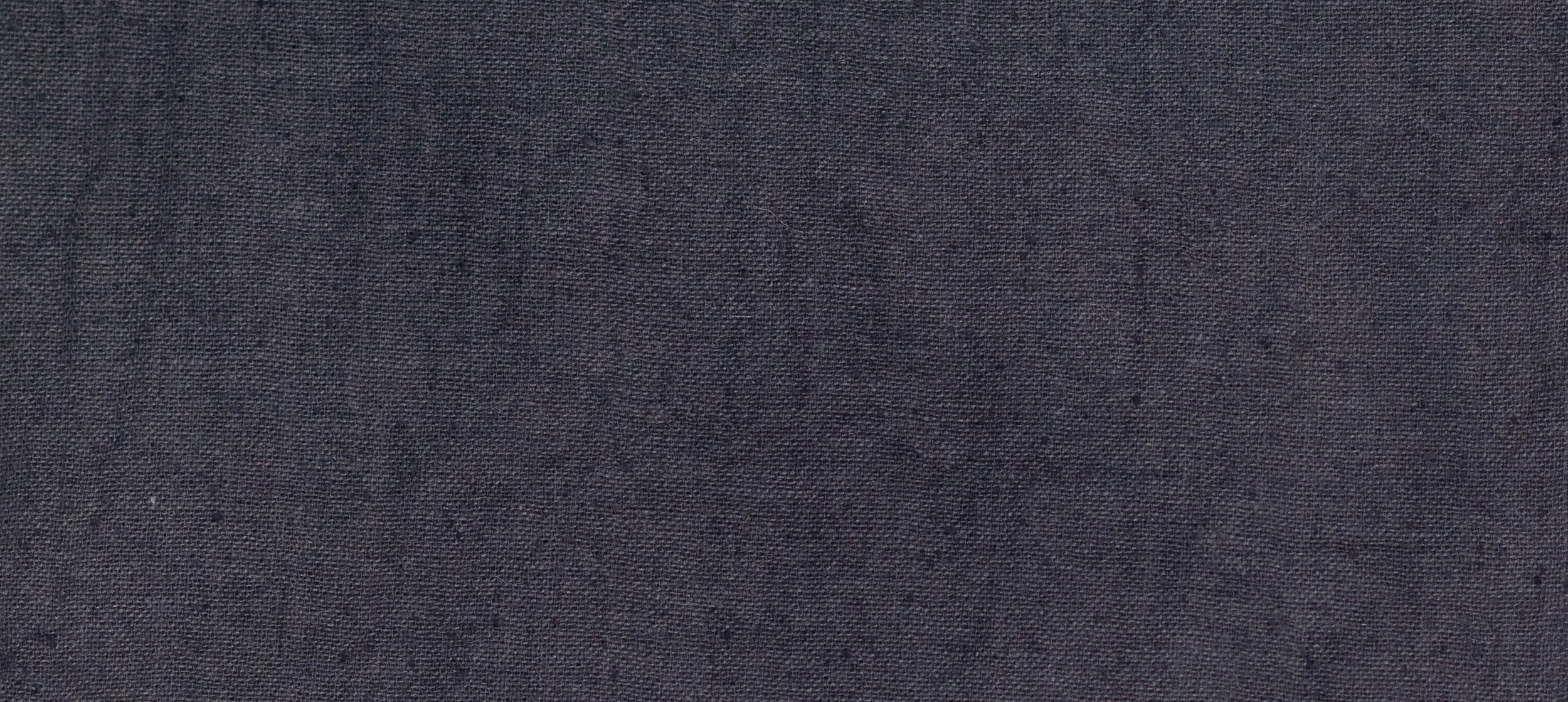
The Recipes
6. Recipe: Silver Gray
On their own, Sumac Galls will give fibers a warm beige hue. However, they are almost always applied by the “stuffing and saddening” method. The galls are simmered to extract their tannins, fibers are heated in the gall bath so that they soak up as much of the tannin matter as possible, and then they are transferred to a separate iron mordant bath. The iron quickly “saddens” the gallotannins and transforms them from beige to beautiful shades of gray. The results are especially pretty on silk and cotton, which develop shades of dark gray with an almost purplish undertone. Wool comes out a more neutral gray shade.
Fill your dye pot with enough warm water for your fibers to move around freely. However, do not add more water than is necessary - the more concentrated the tannins are in the dye bath, the darker the fibers will be after saddening.
Measure out 100% weight-of-fabric (WOF) of Sumac Galls. Crack open any closed ones with a gentle hammer tap or the back of a heavy spoon - they do not need to be ground, just cracked open so water can penetrate inside. Some may still contain aphid eggs - these are harmless and long dead, and can be rinsed out or filtered out of the dye bath later. Add the galls to the dye pot.
Raise the temperature to a boil, then simmer at 190°F for an hour to extract the tannins. After an hour, let cool and strain out the galls.
Add your unmordanted (but well scoured and wetted out) fibers to the dye bath.
Raise the temperature to 180°F for silk or 190-200°F for wool and cotton, then maintain for 1 hour. Stir occasionally to make sure everything absorbs tannin evenly. The fibers will turn beige.
After 1 hour, remove pot from heat and allow to cool. For the darkest colors, let the fibers cool completely in the dye bath - cotton, especially, will soak up more tannins as the water cools.
When you are ready to proceed, create a separate iron saddening bath. Fill a dye pot with enough warm water for your fibers to move around freely. Add 4% weight-of-fabric (WOF) of ferrous sulfate and mix well until combined. Heat the saddening bath to about 120°F or 130°F.
Remove your fibers from the sumac gall bath and let most of the excess liquid drip back into the pot. If there is a lot, squeeze some of the excess liquid out while wearing rubber gloves, but do not rinse the fibers*.
Add your fibers to the iron saddening bath and raise the temperature to 190°F. Maintain for 20 minutes.
After 20 minutes, the fibers should be a dark gray shade. Remove them with tongs and rinse well. Wear rubber gloves while handling until any excess iron has been rinsed off. Hang the fibers up to dry somewhere in the shade.
For a final rinsing, we recommend using a PH-neutral detergent like Synthrapol that is designed to wash out loose dye. Follow the manufacturer’s directions for best results. CAUTION: Sumac Gall Natural Dye may bleed if not thoroughly rinsed out after dyeing.
Hang up to dry.
*NOTE: The logic behind this is that you do not want to introduce too much excess dye bath liquid into the saddening bath, because it will waste some of the iron mordant. However, you also do not want to rinse the fibers because that would rinse out a lot of the tannin that is soaked into them.
CAUTION: Iron mordant (ferrous sulfate) is harmful if ingested and may cause irritation of the skin, eyes, and mucuous membranes. Inhalation of ferrous sulfate dust may irritate the lungs. Read your manufacturer’s SDS (Safety Data Sheet) before using ferrous sulfate and observe all recommended safety precautions. Wear gloves, a mask, and eye protection when working with iron mordant, iron mordant baths, and fibers mordanted with iron that have not been rinsed. Store iron mordant and iron mordant baths out of reach of children and pets.
All images and text are copyright of Shepherd Textiles, LLC. Do not reproduce without written permission and attribution.


